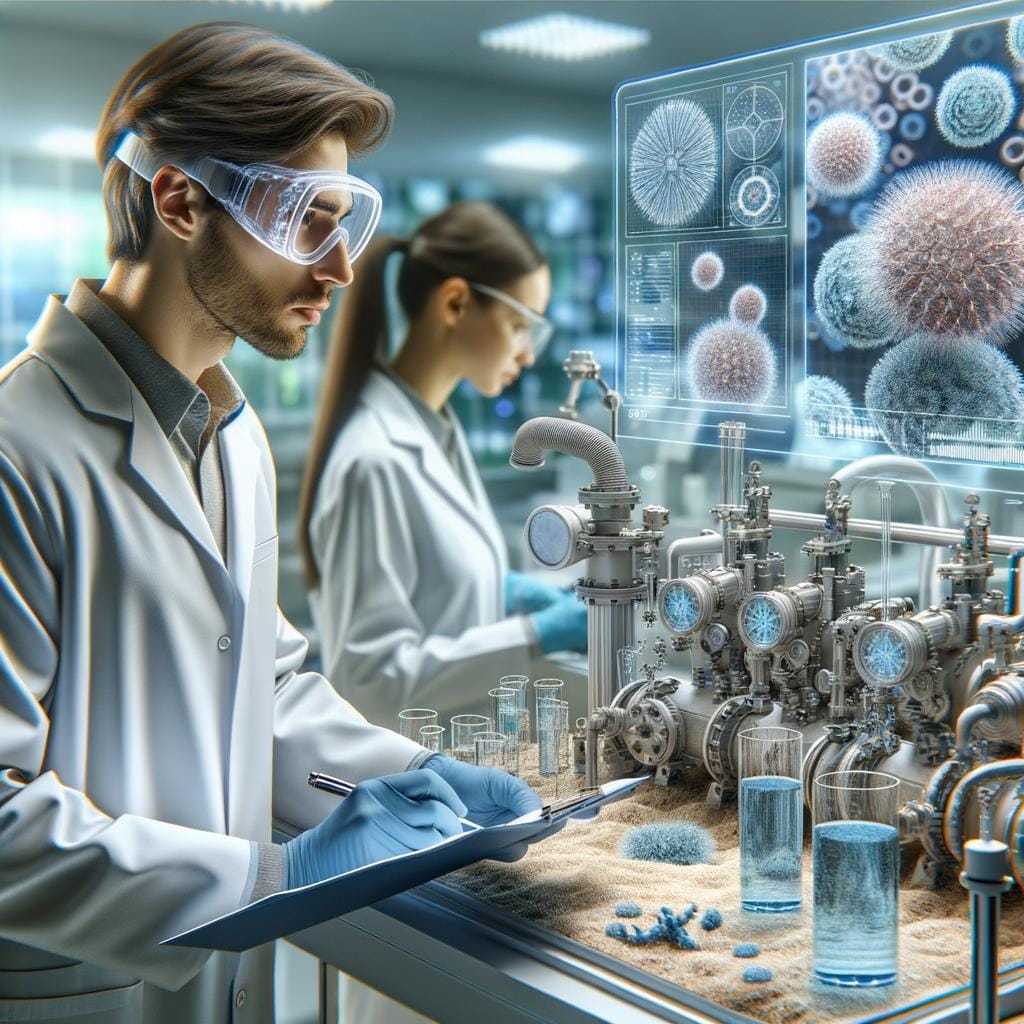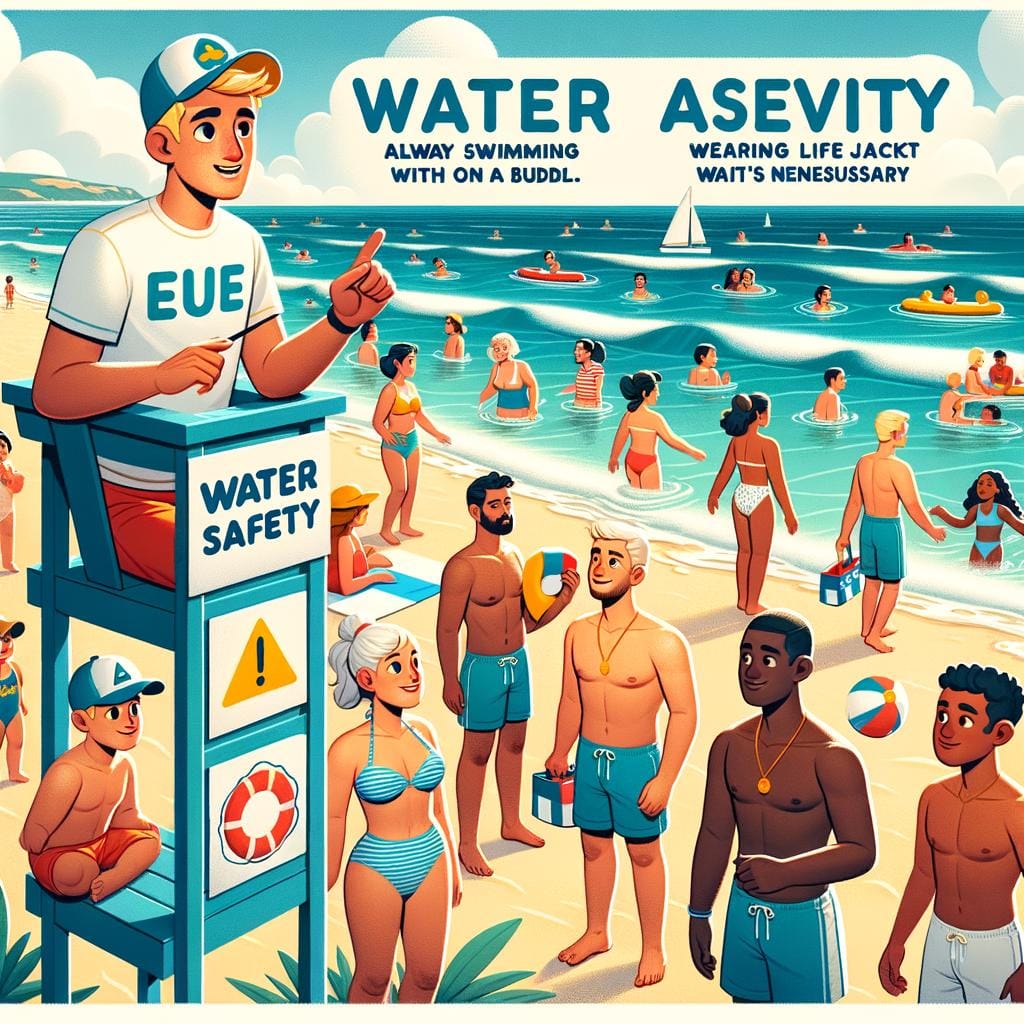Water purification plays a crucial role in ensuring access to safe and clean drinking water, a necessity for sustaining life. The importance of clean water cannot be overstated as it directly impacts public health, sanitation, and overall well-being. Contaminants present in water sources can pose serious health risks if left untreated, making the need for effective purification methods imperative.
Understanding the various types of contaminants found in water is essential for implementing appropriate purification processes. These contaminants range from bacteria and viruses to chemicals and heavy metals, all of which can have harmful effects on human health. By comprehensively examining the nature of these pollutants, we can better appreciate the significance of water purification in removing them to make water suitable for consumption.
Various techniques and technologies are employed for water purification, including filtration, chlorination, and distillation. Each method serves a specific purpose in eliminating different types of contaminants, ultimately resulting in clean and potable water. Whether at home or within communities, investing in water purification systems offers numerous advantages such as improved health outcomes, reduced incidence of waterborne diseases, and peace of mind knowing that the water being consumed is safe.
Understanding Water Contaminants
Water contamination is a serious issue that can pose significant health risks to individuals who consume water that has not been properly purified. Understanding the different types of contaminants found in water sources is crucial in addressing and mitigating these risks. Contaminants can range from biological organisms such as bacteria, viruses, and parasites to chemical pollutants like heavy metals, pesticides, and industrial chemicals.
To provide a better understanding of the various contaminants that can be present in water sources, here is a breakdown of some common types:
- Bacteria: Coliform bacteria like E.coli can cause gastrointestinal illnesses.
- Viruses: Pathogens like norovirus and rotavirus can lead to severe stomach infections.
- Heavy Metals: Lead, mercury, and arsenic are harmful when consumed in high concentrations.
These contaminants can enter water sources through various means such as runoff from agricultural fields, industrial discharges, or inadequate sewage treatment. It is essential to be aware of these potential health risks associated with contaminated water and take steps to ensure proper water purification methods are in place to eliminate these hazards.
In order to protect public health and prevent diseases caused by waterborne contaminants, investing in effective water purification systems is imperative. By implementing appropriate filtration technologies, chemical disinfection processes like chlorination, or advanced techniques such as reverse osmosis, communities can significantly reduce the presence of harmful substances in their drinking water supply. Proper maintenance and regular monitoring of these purification systems are also essential to ensure the continuous delivery of safe and clean drinking water.
Methods of Water Purification
Water purification plays a vital role in ensuring access to safe and clean drinking water. Without proper purification processes, water can be contaminated with various harmful substances, posing serious health risks to individuals who consume it. The importance of water purification cannot be understated, especially in areas where clean water sources are scarce or prone to pollution.
One of the key aspects of water purification is understanding the different types of contaminants that can be found in water sources. These contaminants can range from bacteria and viruses to chemicals and heavy metals, all of which have the potential to cause illnesses and diseases when consumed. By identifying these contaminants and implementing appropriate purification methods, the quality of water can be significantly improved.
Various techniques and technologies are used for water purification, each with its own advantages and limitations. Filtration methods involve passing water through a physical barrier or medium to remove impurities, while chlorination involves adding chlorine compounds to kill disease-causing microorganisms. Distillation, on the other hand, relies on boiling water and collecting the steam to separate it from contaminants. Each method has its place depending on the specific needs and requirements for water purification.
| Water Purification Technique | Advantages |
|---|---|
| Filtration | Effective at removing large particles and sediment from water. |
| Chlorination | Kills a wide range of microorganisms quickly and effectively. |
| Distillation | Can remove a broad spectrum of contaminants including heavy metals. |
Advantages of Water Purification Systems
Water purification systems offer a wide range of benefits for both individuals and communities. One of the primary advantages is the improvement in the overall quality of drinking water. By removing contaminants such as bacteria, viruses, chemicals, and heavy metals, these systems ensure that the water is safe for consumption. This significantly reduces the risk of waterborne diseases and illnesses, promoting better health outcomes for those who rely on this clean water.
In addition to health benefits, installing water purification systems can also lead to cost savings. While initial investment costs may deter some individuals or communities from adopting these systems, the long-term savings on purchasing bottled water or medical expenses due to water-related illnesses can be substantial.
Furthermore, having a reliable source of clean water at home or in communities can also contribute to a more sustainable lifestyle by reducing plastic waste from single-use bottles and promoting eco-friendly practices.
Moreover, having access to clean and purified water can have positive social impacts as well. Communities that invest in water purification systems often experience improved overall well-being and productivity. When individuals do not have to worry about the safety of their drinking water, they can focus on other aspects of their lives such as education, work, and personal development. This creates a ripple effect that enhances the quality of life for everyone involved.
| Benefits | Details |
|---|---|
| Improved Water Quality | Removes contaminants for safe consumption |
| Cost Savings | Long-term savings on bottled water and medical expenses |
| Social Impacts | Enhanced well-being and productivity in communities |
Environmental Impact of Water Purification
Water purification is a crucial process in ensuring access to safe and clean drinking water, but it is also important to consider the environmental impact of these purification processes. While the ultimate goal is to remove harmful contaminants from water sources, the methods used can have unintended consequences on the environment. It is essential to understand these implications and work towards minimizing any negative effects.
Chemical Pollution and Energy Consumption
One of the significant environmental consequences of water purification processes is chemical pollution. The chemicals used in some treatment methods, such as chlorine for disinfection, can have adverse effects on aquatic life if not properly managed. Additionally, water purification processes often require a considerable amount of energy, contributing to carbon emissions and overall environmental degradation. Finding alternative, more sustainable ways to purify water without relying heavily on chemicals or energy-intensive methods can help mitigate these environmental impacts.
Waste Generation and Disposal
Another aspect to consider is the generation and disposal of waste from water purification processes. Filters, membranes, and other materials used in treatment systems can accumulate contaminants over time and need proper disposal. Improper management of this waste can lead to pollution of soil and water bodies.
Implementing recycling programs or finding innovative ways to reuse or repurpose these materials can reduce the environmental footprint of water purification systems. Additionally, exploring technologies that produce less waste or are biodegradable can be beneficial for environmental sustainability.
Sustainable Practices in Water Purification
To minimize the negative environmental effects of water purification processes, it is essential to adopt more sustainable practices. This includes investing in eco-friendly technologies like ultraviolet (UV) disinfection or ozone treatment that reduce reliance on chemicals. Implementing solar-powered or energy-efficient systems can also help lower carbon emissions associated with water treatment.
Furthermore, educating communities on responsible water usage and promoting conservation efforts can reduce the overall demand for purified water, thereby lessening the strain on natural resources. By prioritizing sustainability in water purification practices, we can protect both public health and the environment for future generations.
DIY Water Purification
Water purification is essential to ensure access to safe and clean drinking water, especially in areas where water quality is compromised by contaminants. While there are advanced technologies and systems available for purifying water, individuals can also take proactive measures at home through do-it-yourself (DIY) methods. By using simple techniques and tools, it is possible to effectively remove impurities from water and make it suitable for consumption.
Boiling Water
One of the most basic unclogging methods of water purification is boiling. Boiling water kills bacteria, viruses, and other pathogens that may be present in the water. To ensure that the water is safe to drink after boiling, it is recommended to bring it to a rolling boil for at least one minute. This method is particularly useful in emergency situations where access to clean drinking water is limited.
Using Iodine or Chlorine Tablets
Another DIY method for purifying water is by using iodine or chlorine tablets. These tablets can effectively kill harmful microorganisms in the water, making it safer to consume. Simply follow the instructions on the tablet packaging for the correct dosage and wait time before drinking the treated water. It is important to note that individuals with specific health conditions should consult their healthcare provider before using chemical treatment methods.
Cloth Filtration
For removing sediment and larger particles from turbid water sources, cloth filtration can be a helpful DIY technique. Simply use a clean piece of cloth or fabric as a filter when pouring water into a container. The cloth will trap debris and sediments, resulting in clearer water. While this method may not completely remove all contaminants, it can improve the overall quality of the water for consumption or cooking purposes.
Best Water Purification Products
When it comes to ensuring access to clean and safe drinking water, investing in the right water purification products is crucial. With a variety of options available in the market for both households and businesses, selecting the best one can be overwhelming. To make this process easier, here are some top recommendations for water purification products that are highly effective:
- Reverse Osmosis Systems: These systems use a semi-permeable membrane to remove contaminants from water, providing high-quality filtration.
- UV Water Purifiers: Ultraviolet light is used to disinfect water by killing bacteria, viruses, and other microorganisms without altering the taste or odor of the water.
- Activated Carbon Filters: These filters are great for removing organic compounds, chemicals, and impurities from water, leaving it clean and refreshing.
Each of these water purification products has its own set of advantages and features that cater to different needs and preferences. Whether you are looking for a whole house purification system or a portable solution for camping trips, there is a product out there to suit your requirements.
In addition to considering the type of contaminants present in your water source, it’s essential to evaluate factors such as maintenance requirements, filter lifespan, and overall cost when choosing a water purification product. By investing in a reliable and effective system, you can ensure that you have constant access to clean and healthy drinking water for you and your family.
Future of Water Purification
As water purification technology continues to advance, the future holds promising trends and innovations that aim to address global water quality issues. With the increasing awareness of the importance of clean water, researchers and experts are tirelessly working towards developing more efficient and sustainable methods for water purification. The key focus of these advancements is not only to provide access to safe drinking water but also to mitigate the environmental impact of the purification processes.
One of the upcoming trends in water purification technology is the use of advanced filtration systems that can remove even more contaminants from water sources. These innovative systems combine multiple filtration techniques such as reverse osmosis, activated carbon filtering, and UV disinfection to ensure thorough purification. Additionally, there is a growing interest in leveraging nanotechnology for water treatment, which involves using nanomaterials to efficiently remove pollutants at a molecular level.
Moreover, another area of innovation in water purification technology is the development of eco-friendly and decentralized systems that can be easily implemented in various settings. These decentralized systems offer a cost-effective solution for communities with limited access to clean water by providing standalone purification units.
Emphasizing sustainability and efficiency, these advancements are crucial in ensuring a reliable supply of safe drinking water while minimizing the negative environmental impacts often associated with traditional water purification methods. Overall, as we look towards the future of water purification, it is evident that continued research and technological developments will play a vital role in addressing global water quality issues and securing access to clean water for all.
Frequently Asked Questions
What Is the Best Method to Purify Water?
The best method to purify water depends on the specific contaminants present in the water source. Common methods include boiling, filtration, chlorination, distillation, and using UV light. It is essential to choose the right method based on the quality of water.
What Is the Most Effective Water Purification?
The most effective water purification method is a combination of techniques to ensure complete removal of contaminants. Integrated systems that utilize multiple processes like filtration, UV treatment, and reverse osmosis are highly effective in providing safe drinking water free from harmful elements.
What Is a Water Purification Process?
A water purification process involves several steps to remove impurities from water and make it safe for consumption. This may include physical processes like filtration to remove particles, chemical treatments such as chlorination to kill bacteria, and biological methods like activated carbon adsorption to eliminate organic pollutants.
The goal is to produce clean and safe drinking water through a series of purification steps.

An avid outdoor enthusiast, writer, and environmental advocate who has spent over two decades exploring the world’s most breathtaking landscapes. With a background in environmental science and a passion for adventure, Frances combines her love for nature with her talent for storytelling to inspire others to embark on their own outdoor journeys.


